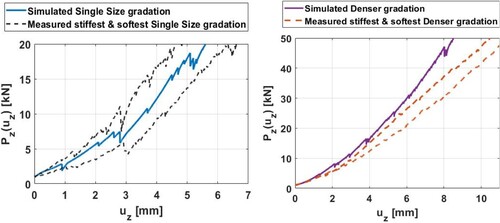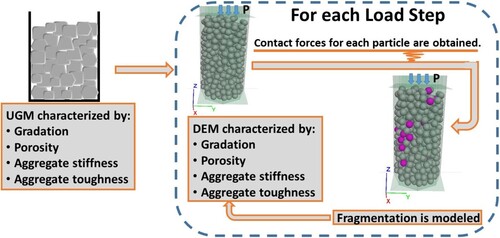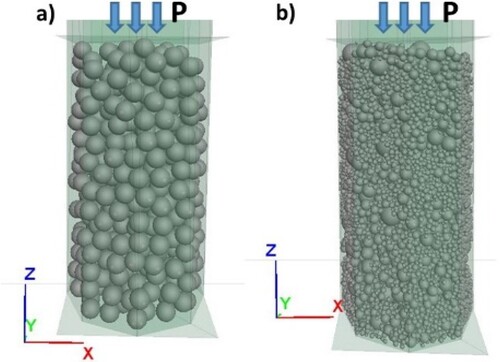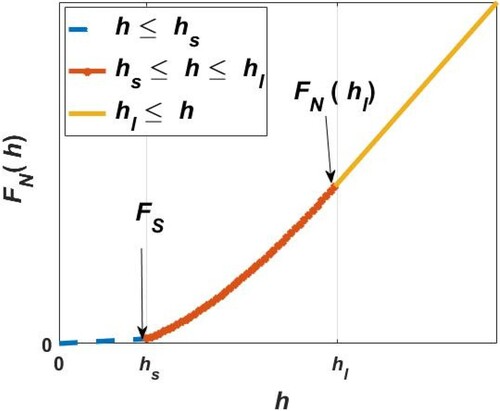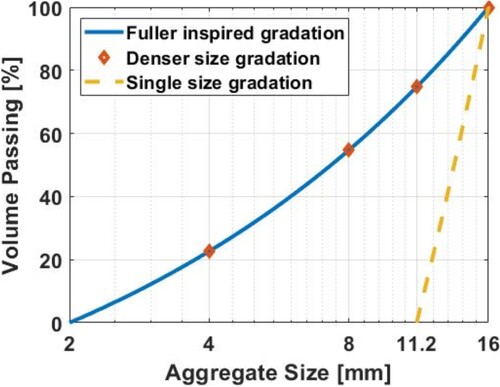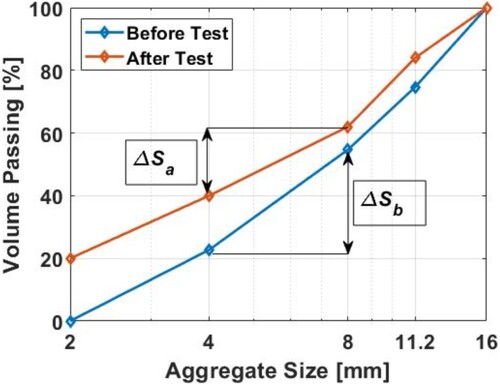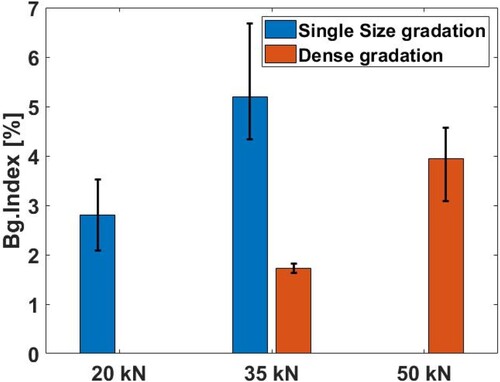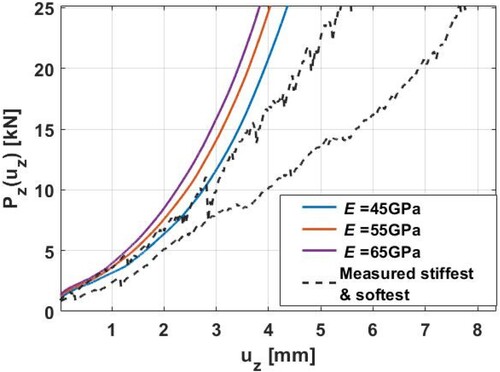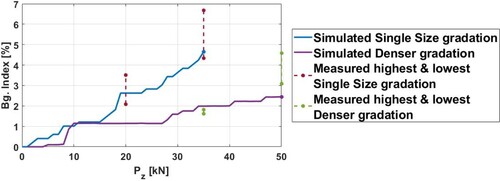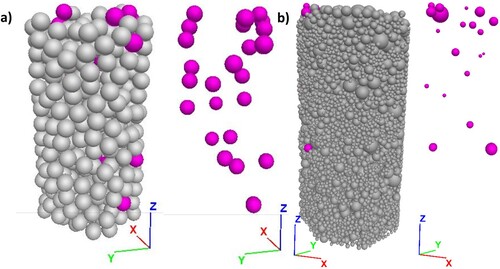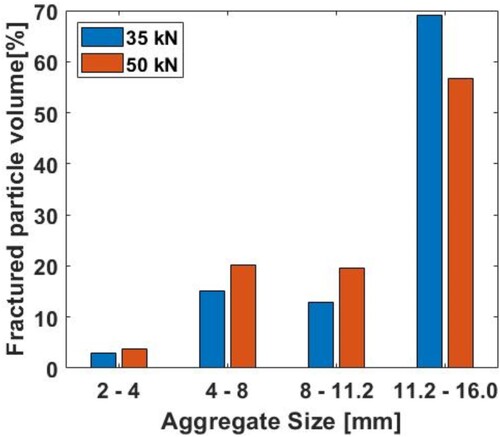Figures & data
Table 1. Parameters for the UGM models measured from instrumented indentation tests.
Figure 6. (a) Uniaxial monotonic compression testing setup and (b) cross-section of the cylindrical mould and the testing equipment.
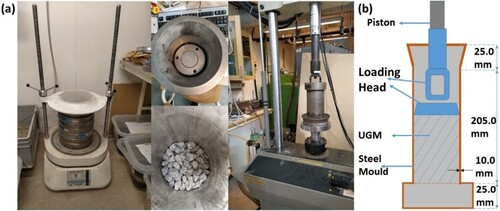
Figure 8. Loading head’s force–displacement graph for (a) single size gradation, = 20 kN and (b) denser gradation,
= 50 kN from experimental results.
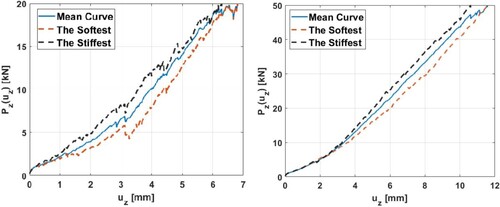
Table 2. Values used in identification of contact and damage law parameters in DEM models.
Figure 12. Bg-index comparison of UGMs with (a) different with
= 0.5 and (b) different
with
= 300 MPa.

Figure 13. (a) Scatter of to each particle within the DEM models and (b) m comparison between Bg-index differences and mean Bg-index.
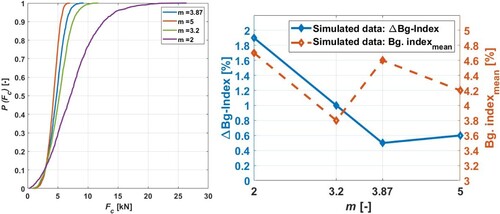
Table 3. Determined parameters of the UGM models.
Figure 14. Simulated and measured (
) curve of (a) single size gradation UGM
= 20 kN and (b) denser gradation UGM
= 50 kN.
